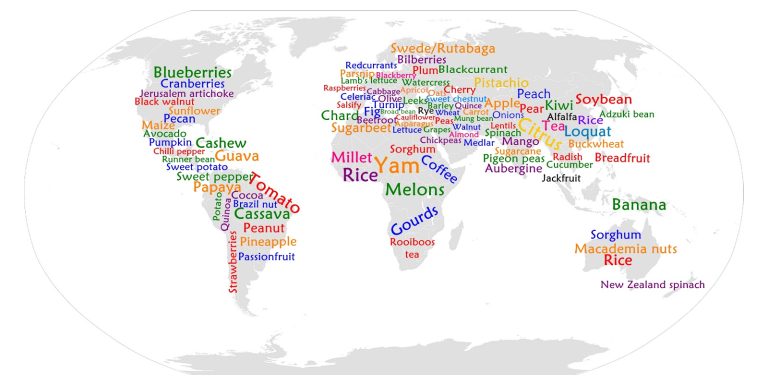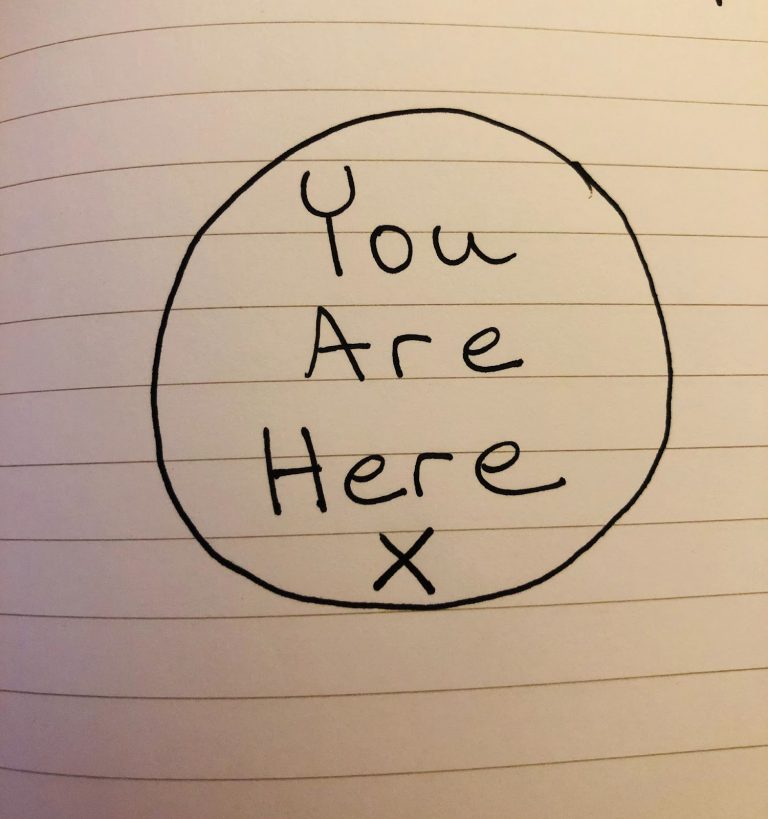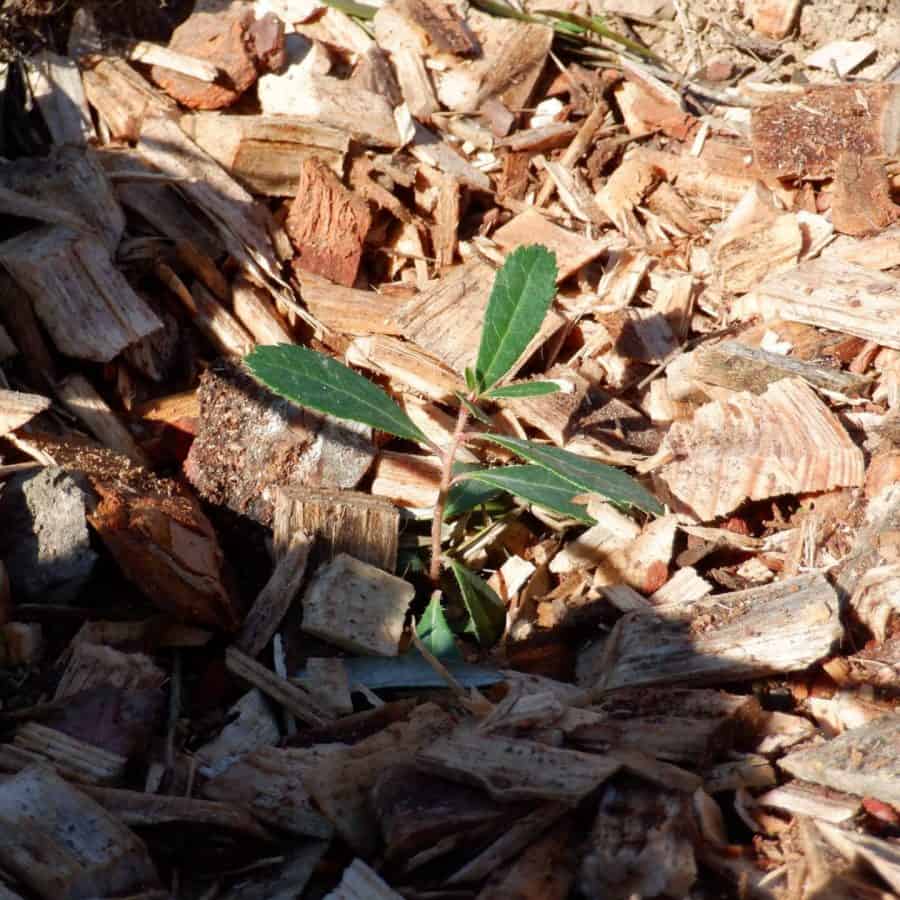
The seed knows what it does and how it does it.
I met Marina during the times of the Occupy movement, at Occupy Lisbon, with a very fierce voice on issues of solidarity and ecology. But we’ve seen each other here and there, long before when there was only one known Permaculture project in Portugal and we were at the forefront of the new ecological movement. In fact, we already know each other, but I think we only talk about it once or twice at a party somewhere… We met again on Facebook because I looked up her project to get some information and I needed help, so I found her behind Reflorestar Portugal, a project she co-founded with Susana Guimarães, her friend and business partner. I talked with her for an interview because I was amazed at her recent work.
Our paths had been synchronizing for a long time, we walked on the activism side, the ecological side, and also the alternative therapies side, going to the same school and meeting the same people. Paths that must be found are found, and that’s it. So I want to give this recognition of the work that a woman does, a mother, an activist, a businesswoman, and with a lot of ferocity to it. Our conversation had incredible energy that carried me into the next day.

Part I — November 19th, 2021
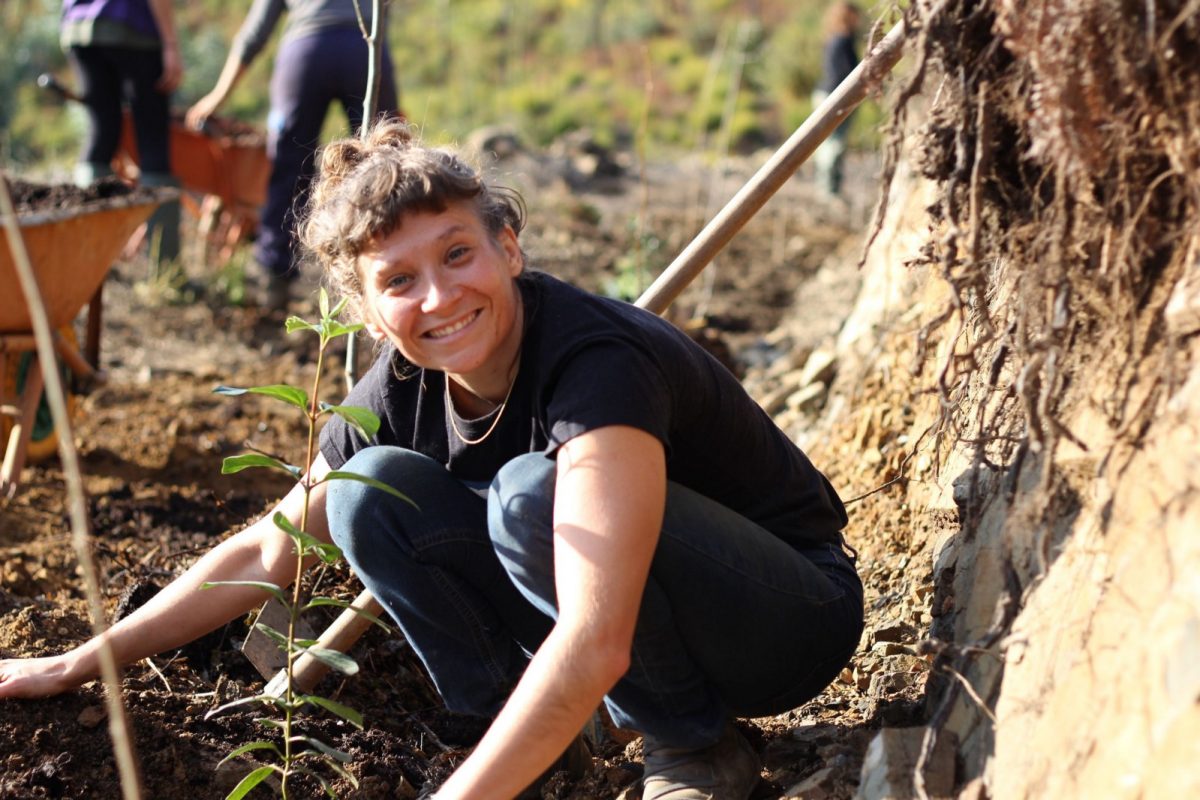
In 2017, there were major fires in Portugal that became news, the most recent ecological catastrophe here. Marina was in Australia to learn Permaculture, Syntropic Agriculture, Sociocracy, and many other things, felt a call to return to Portugal and help and found funding for a project, to start implementing “cells” of people who could support the reforestation work in Portugal. With many tribulations along the way, the project continues to work and she continues to coordinate it, alongside Susana Guimarães.
Collecting seeds is something that many of our young people are not used to, which leads us to talk about how Reflorestar Portugal wants to educate and educate people about it. They recently held an educational Reforestation action at the Primal Gathering event to educate more people about the issues we are talking about.
We talked about how life drives us to do more for each other, because this ecological cataclysm that is happening to humanity, as Marina called it, is possibly the biggest challenge so far in terms of unity, uniting efforts, and people. We talk about how patriarchal the “world of ecological activism” is, and I keep thinking how different it feels than, say, 5 to 10 years ago, it’s still a lot like that. Paul Hawken, who, recently with the Pachamama Alliance gave a talk that I’m still looking forward to seeing the replay; he talks about 50 million people doing “the job”, Marina, I and many others are doing it. I’ve worked with soil before, but since I came to southern Portugal it took me a while to understand the cycles of an arid climate, to understand deeply how different it really is in different parts of the same country, and how the work changes absolutely accordingly, with other needs. This is obvious to us here, but to any other reader, it might not be. We might think — just put the tree on the ground, but in many situations, it takes more care than that. Knowledge about this, and much more, like the soil and its nutrition are essential.
“Besides choosing suitable trees and shrubs, local regeneration, how to prepare the hole, work with cacti… summers are very dry and tree maintenance is crucial…
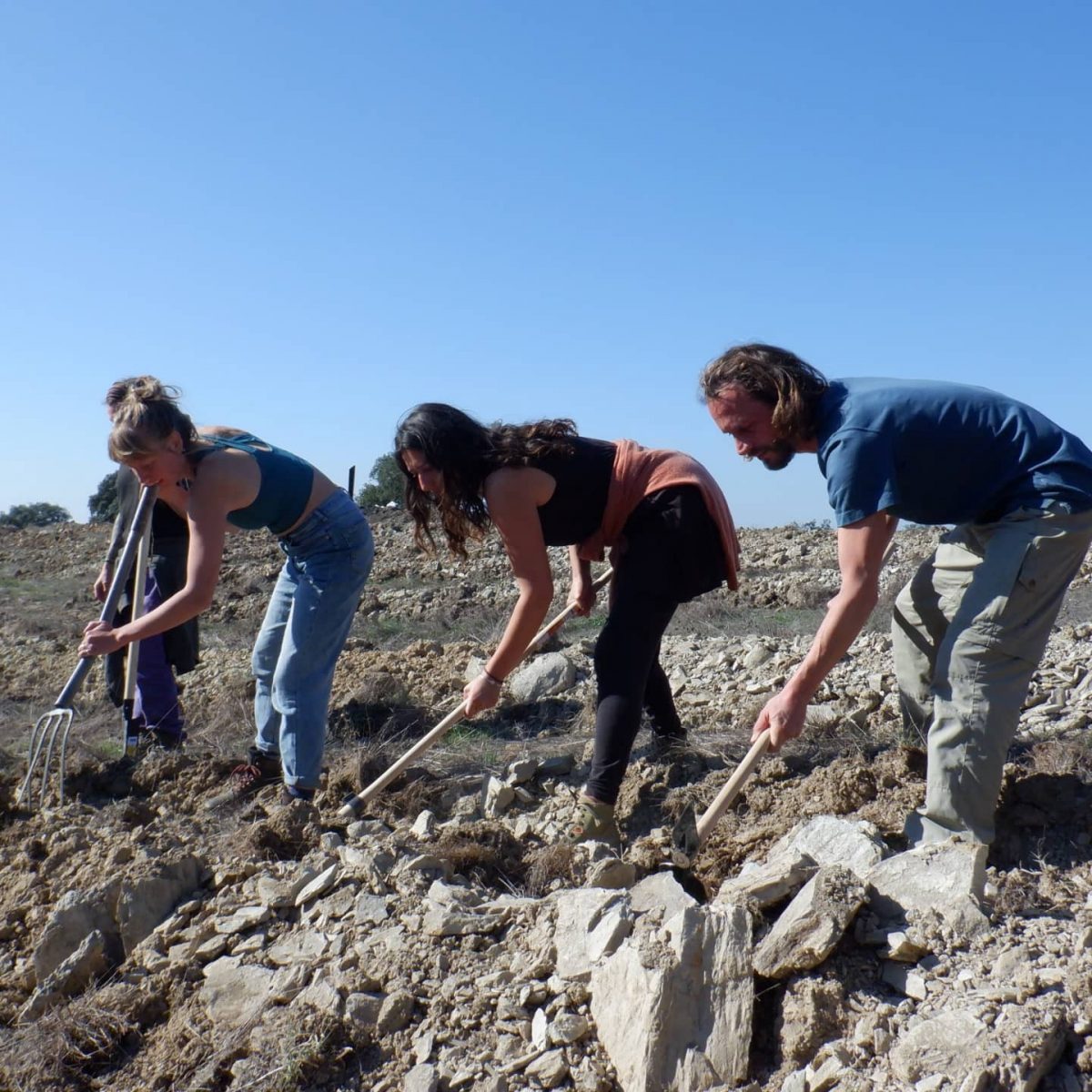
so sometimes there are reforestations that work with very demanding plants, with “future trees” or “trees of the future” and if these trees are not cared for by human hands, the percentage of survival is very low.” Marina
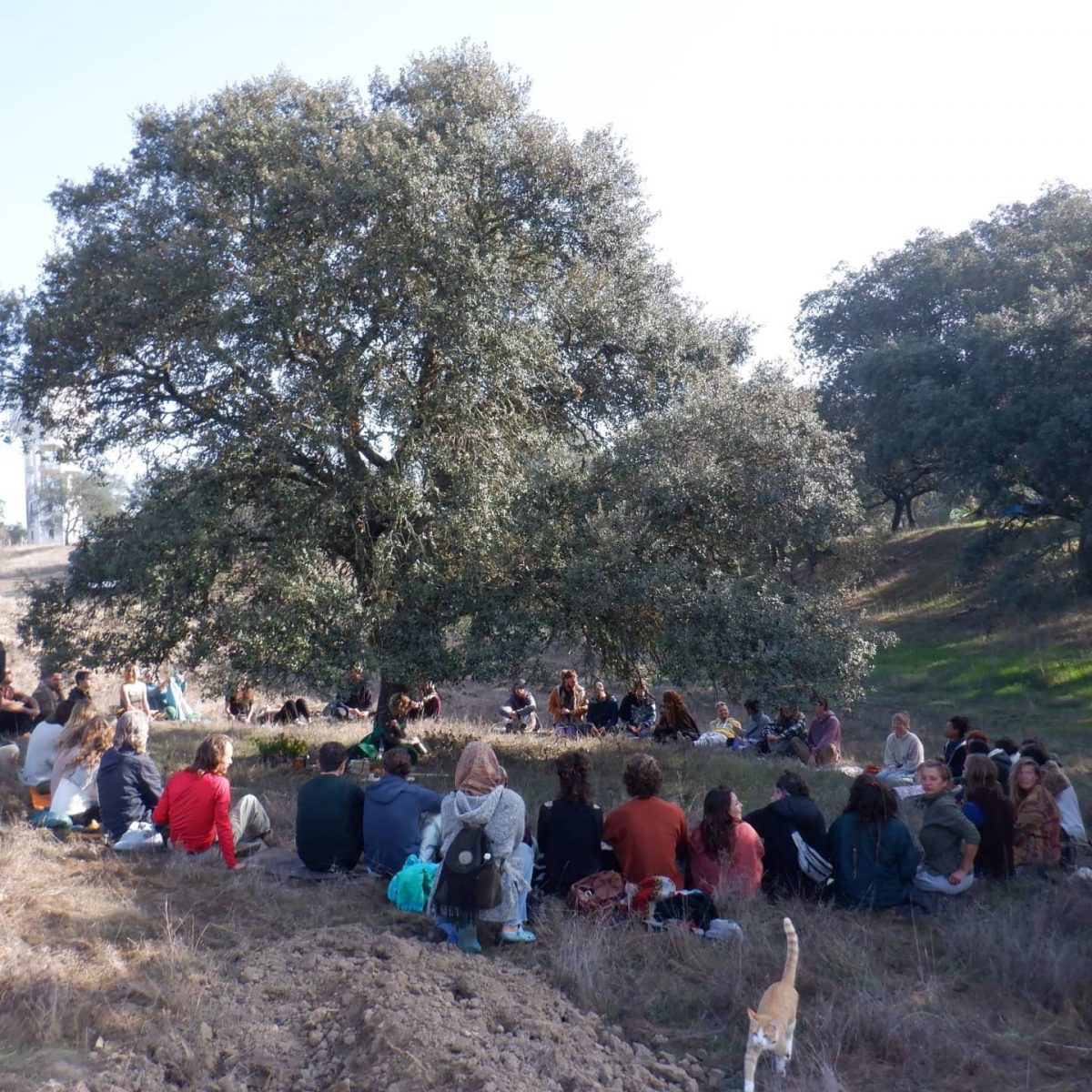
In its Reforestation actions, Reflorestar seeks to implement the trees in places where there are “Guardians of the Earth”, local people who are dedicated to caring for and maintaining the intervened areas to increase their survival rate. Part of Reflorestar Portugal’s efforts is precisely to educate and train new Guardians with the knowledge necessary for ecological regeneration.
Marina said this is a project for the future. There is a huge need for reforestation in Portugal, but also for the inclusion of people and their natural selves in the ecosystems. That we cannot see ourselves as parasites of the ecosystem, but rather as those who guard and maintain the ecosystem in good condition. I would add that it is important to look at the reforestation approach so that we can start thinking about a more comprehensive future project in Portugal in a way that is consistent with local needs because reforestation involves all living organisms that live in the area. That’s the spirit of the thing. Ernst Gotch talks about permanent inclusion zones, where we learn to reconnect and function within the ecosystem. For the collective to be in sync, we need to work at the individual level. When we know what we do, we act within consciousness, so in the future, we can all be Earth Guardians.
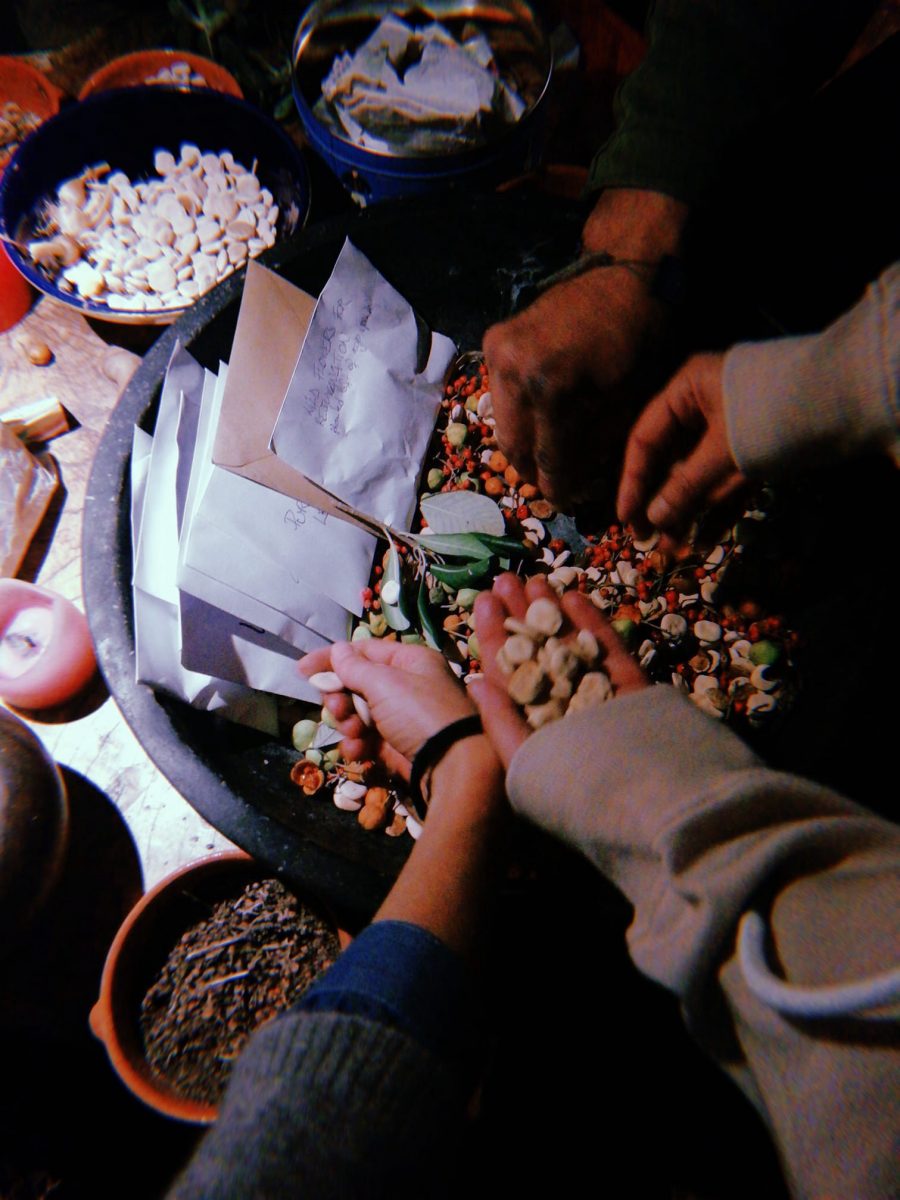
I find it interesting at this point to remember how much things have changed since we discussed these issues at Occupy — the world has shifted to an ecological society, and we here at this magazine, and Marina too, are at the forefront.
Seedlings, water cycles, tree and weeds, shrubs, and the surrounding vegetation, in general, all sustain the energy and spirit of reforestation to thrive. Based on their experiences, it is always better to reforest with seed, which Marina adds is not always the quickest or most viable form of financing. Seeds know when to bloom and what to do, and forests know how to reforest according to their needs, bird migration supports this, and the more biodiversity there is, the better the reforestation process will develop. It is very interesting to note that this reforestation process takes place in synchronism with the forest itself — the communication of the trees and the water cycles are in harmony with the entire process.
Marina spent all these years dedicating herself to tuning the project to the needs of the population — “organic cells” of people who work to reforest — and also focusing on educating people to the knowledge of what it means to get their hands on the soil and understand- it to help the soil transform the seedlings into the forest. Education on this subject is one of the most important things there can be, we both agree and work on it, and above all, we agree that there is a lot of misinformation on this subject — from the health and viability of the soil, to the water cycles not being properly understood, how trees communicate and the different types of communication between trees. It’s very understandable, once you spend a lot of time working on this type of project, but if you’ve just arrived, it might be a lot to absorb.

With this, even if in a reduced diagram, we can see that water flows much more in a spiral than circular, as we are told by schools and most universities. Soil and root health remains and is often a very poorly understood problem. I continue to tell this story: there is a saying in my village, “you just have to water it and it grows”. Soil absolutely depends on water and the forest, and it also depends on the human condition to be a viable part of the ecosystem — something that is my field of work. And from there, human support, together with other support from fauna and flora, can be of immense help to understand the flows and support the reforestation process.
Fire crevices and swales are also important parts of the process. Species can be brought in by migratory birds or introduced by human hands or the wind. I have a lot to say about “invasive” species thinking, perhaps for another article. If a species exists in a given place, it exists for a reason, mostly it is about the historical context of the forest, and of course, if the species thrives, it can withstand transitions and be helping what is there in the first place. As already mentioned, there is still a lot to learn and a lot of misinformation. As an example, in a forest that has only had eucalyptus trees for 100 or 200 years, perhaps an oak tree could be considered invasive. It’s a matter of perspective. The flora changes a lot depending on the location, and the more biodiversity there is, the generally better.
—
Marina and I will meet again to discuss this further and hopefully, there will be a lot more to talk about in the future, particularly the seed process and seed collection. It’s important to note here, that we’ve both become experts on the subject, almost self-taught, and agree exclusively on most of what we’ve talked about, but most importantly, there’s a huge need for more education on the subject.

